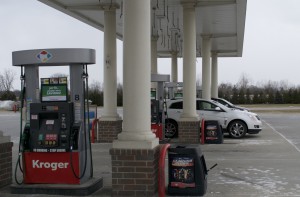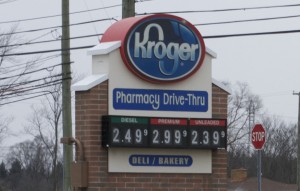
The summer driving season is upon us and after a short decline in gas prices, they are expected to rise.
With the Fourth of July holiday upon us, the price of gasoline has declined slightly since the start of the summer driving season but is now expected to go higher as the price of crude oil begins to climb.
At $2.86 per gallon, gasoline prices are at their highest point for an Independence Day holiday in four years. However, for the nearly 40 million motorists expected to travel this week, they will find prices at the pump 11-cents cheaper than the past Memorial Day holiday.
“The national gas price average has held fairly steady for the past 10 days, suggesting that U.S. demand is keeping pace with supply and stabilizing summer gas prices,” said Jeanette Casselano, AAA spokesperson.
“However, elevated crude oil prices and other geopolitical concerns could tilt gas prices more expensive in the early fall despite an expected increase in global crude production from OPEC and its partners.”
(Internet connectivity becoming commonplace in U.S. cars. Click Here for the story.)
AAA is tracking several factors likely to impact pump prices through the fall including declining inventories. For the first summer driving season in five years, the U.S. has seen the largest one-week reduction (9.9 million barrels) in crude inventories. A consistent decline in supplies could spark higher gas prices.
Meanwhile, refinery runs are at an all-time high and exports are at record levels, which impacts supply levels, coupled with rising demand.
(Click Here for more about Harvard alchemists can turn air into gasoline.)
The latest Energy Information Administration data shows U.S. demand at 9.7 million barrels daily, one of the highest levels of the year, and could hit a new record with Independence Day holiday travel.
Meanwhile. last week, crude oil hit $74 per barrels — its highest level since 2014, according to AAA, while observers continue to watch crude production levels in Libya and Venezuela amid economic woes in Venezuela, and details on the Iran sanctions all of which are influencing market prices.
(To see more about the end of EV tax credits for some automakers, Click Here.)
“If U.S. demand remains strong, domestic and global supply decline and crude inventories continues to sell over $70 per barrels, motorists may see the national gas prices average to potentially jump back up to nearly $3 per gallon in coming months,” Casselano said.

